A new photography gallery has opened in East London with its inaugural show, Reduction, Reduction,…
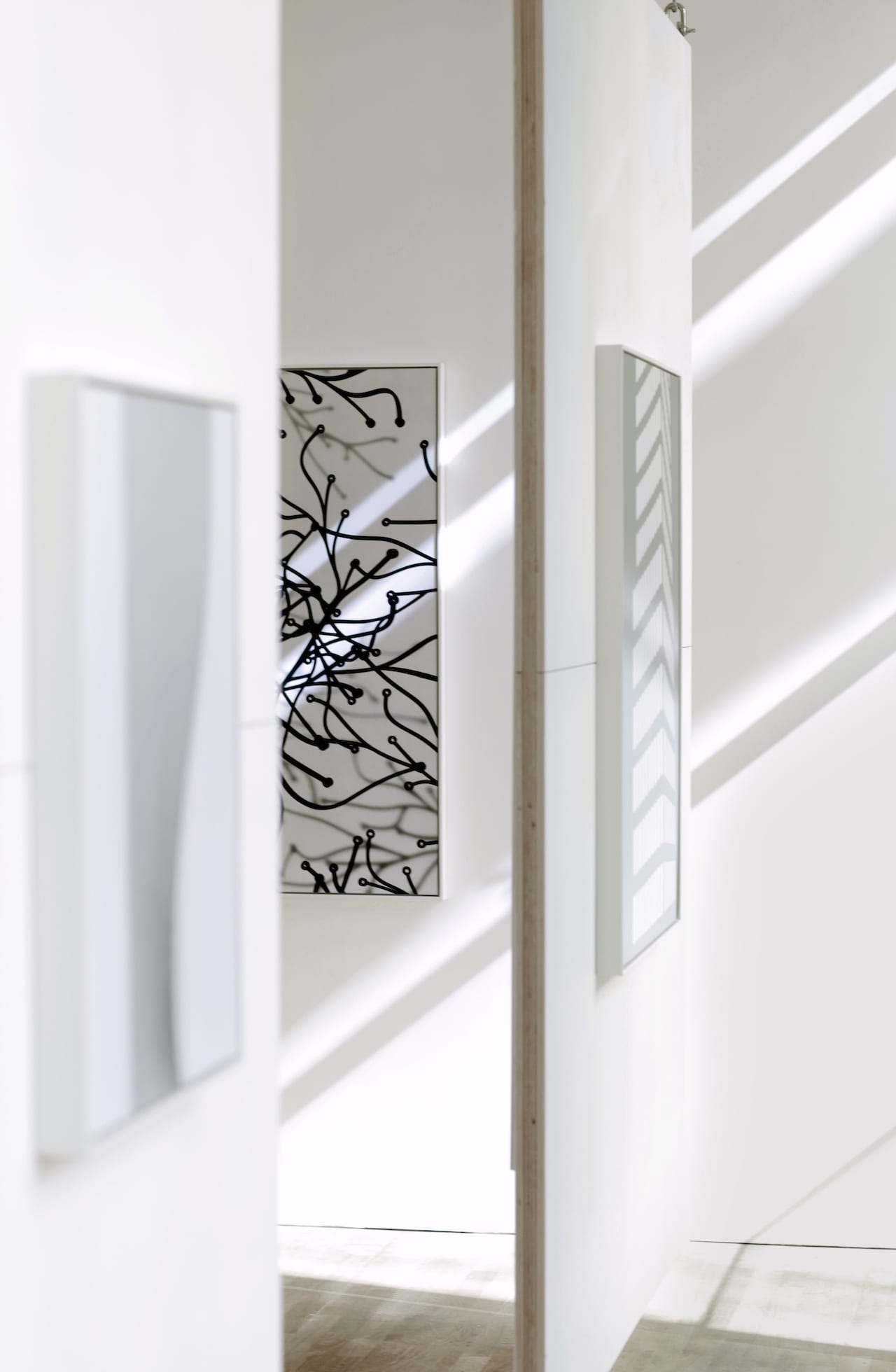

A new photography gallery has opened in East London with its inaugural show, Reduction, Reduction,…
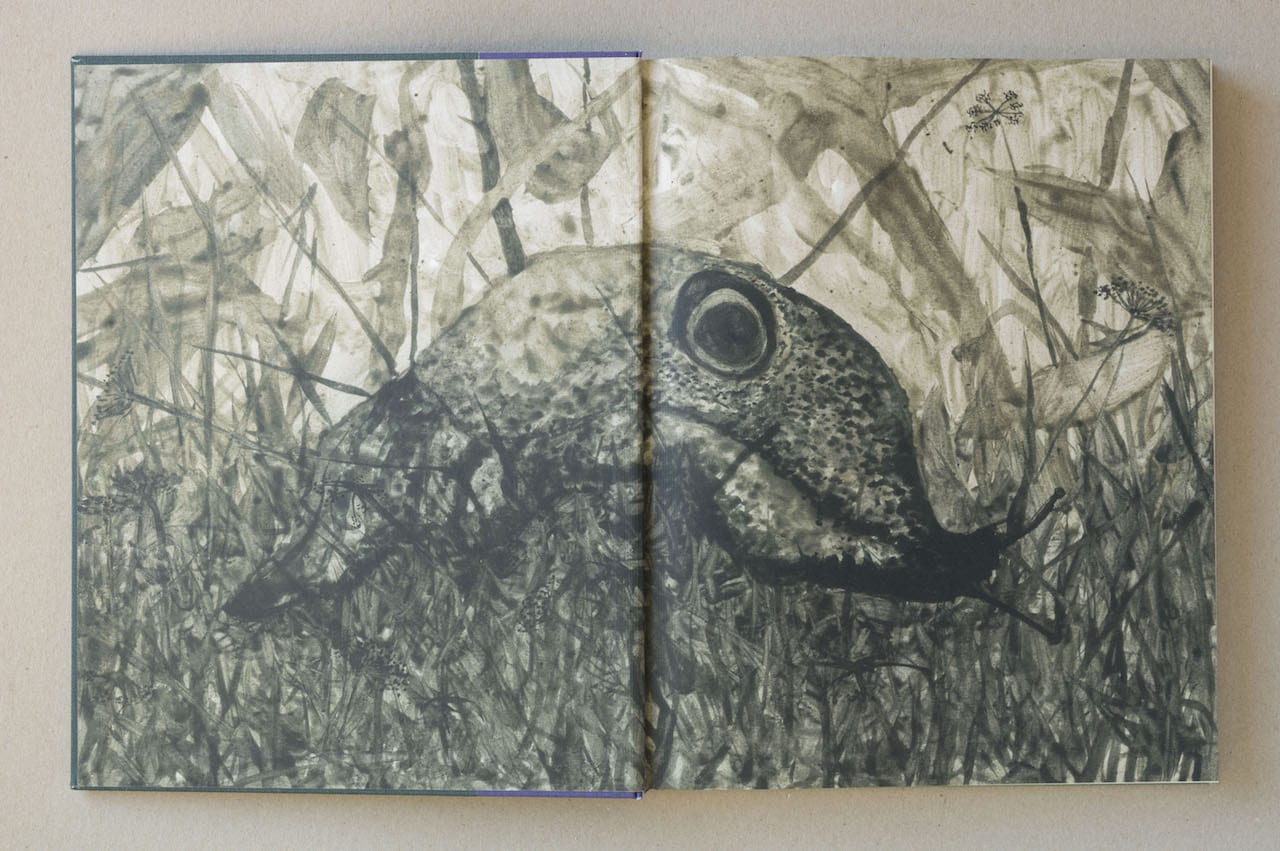
First awarded back in 1985, the Kraszna-Krausz Foundation Best Photography Book prize is one of…
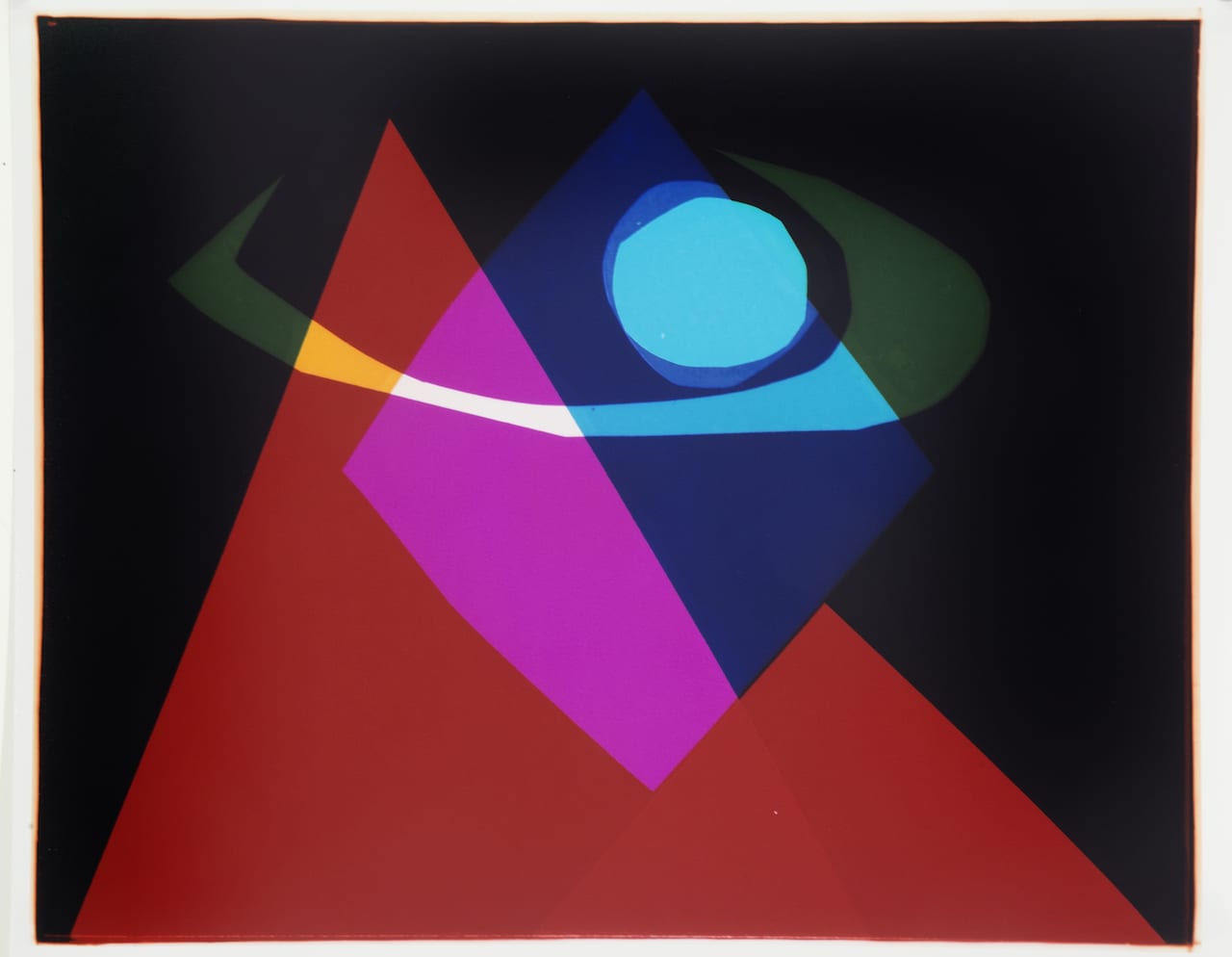
Kathleen Fox-Davies and Anna Kirrage first met when they worked together at a Mayfair gallery. Eight years later, they’ve set up their own outfit – Black Box Projects. “We always attended art events together, so we retained a continual dialogue about the art market and our respective interests,” Kirrage tells BJP. “We have always worked in small businesses where there wasn’t necessarily room for growth, so the obvious step was to start out on our own.” Fox-Davies is a photography specialist with over a decade of experience in galleries such as Michael Hoppen, Hasted Hunt and ATLAS, while Kirrage’s experience is in managing art organisations’ PR and strategy. Drawing on their complementary skills, they’ve decided to break the traditional gallery mould and will run Black Box Projects as a series of pop-up installations, rather than opening a permanent space.
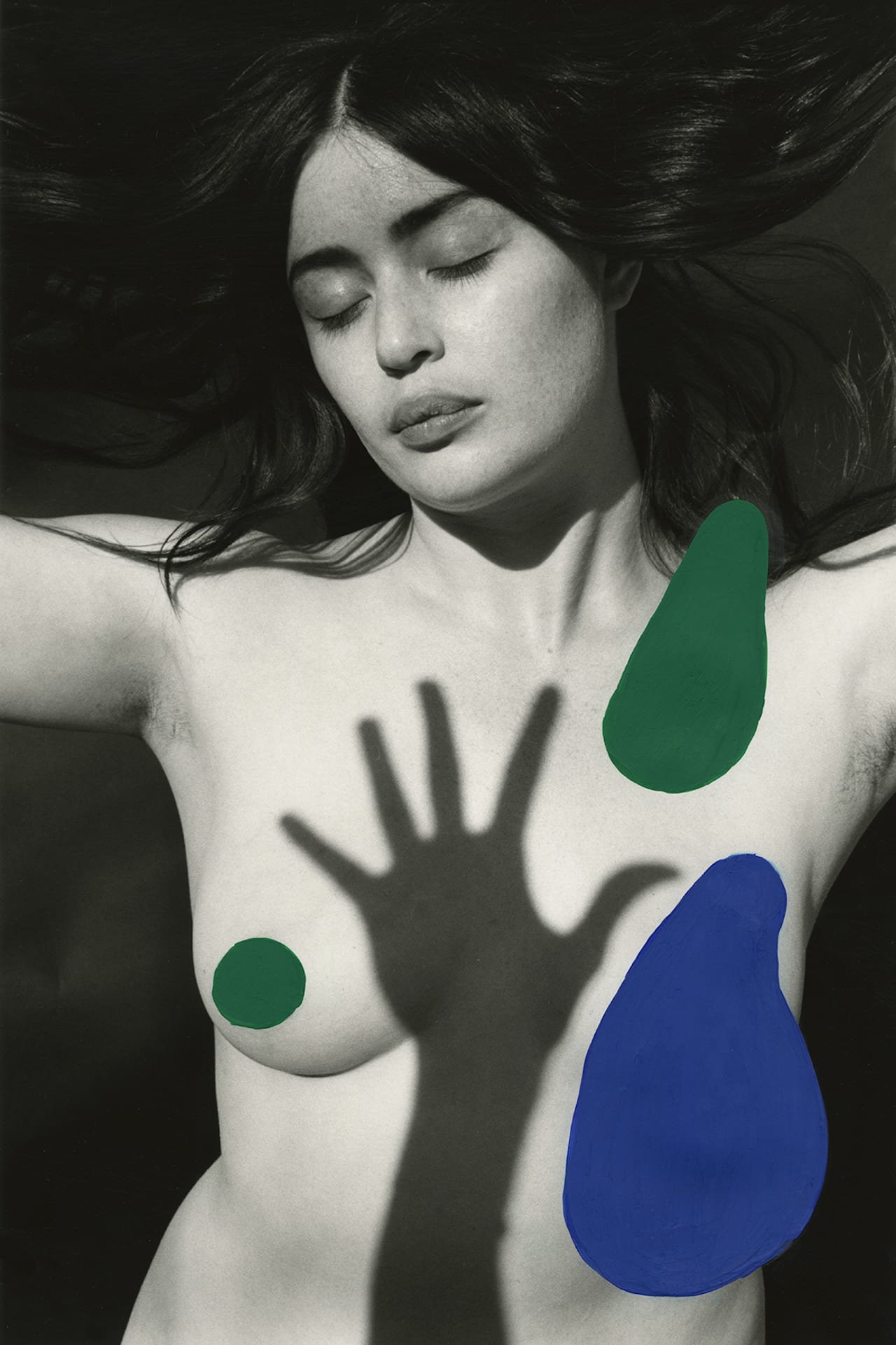
Photography on a Postcard is offering the chance to own a signed, one-off print by a world-renowned photographer for just £55 at Photo London. The twist is that the photographer will remain anonymous until after the sale. Buyers can choose from 350 postcard-sized prints, and the photographers involved include Bruce Gilden, Mark Power, Dougie Wallace, and Laura Pannack, as well as 35 hand-selected emerging image-makers. Buyers will be able to choose their postcard-sized print in person, but priority will be given to those who pre-register online. All money raised will go to the Hepatitis C Trust and its campaign to eliminate the virus from the UK by 2025.

First established in 1970 by Angela Flowers in London’s West End, Flowers Gallery now has…
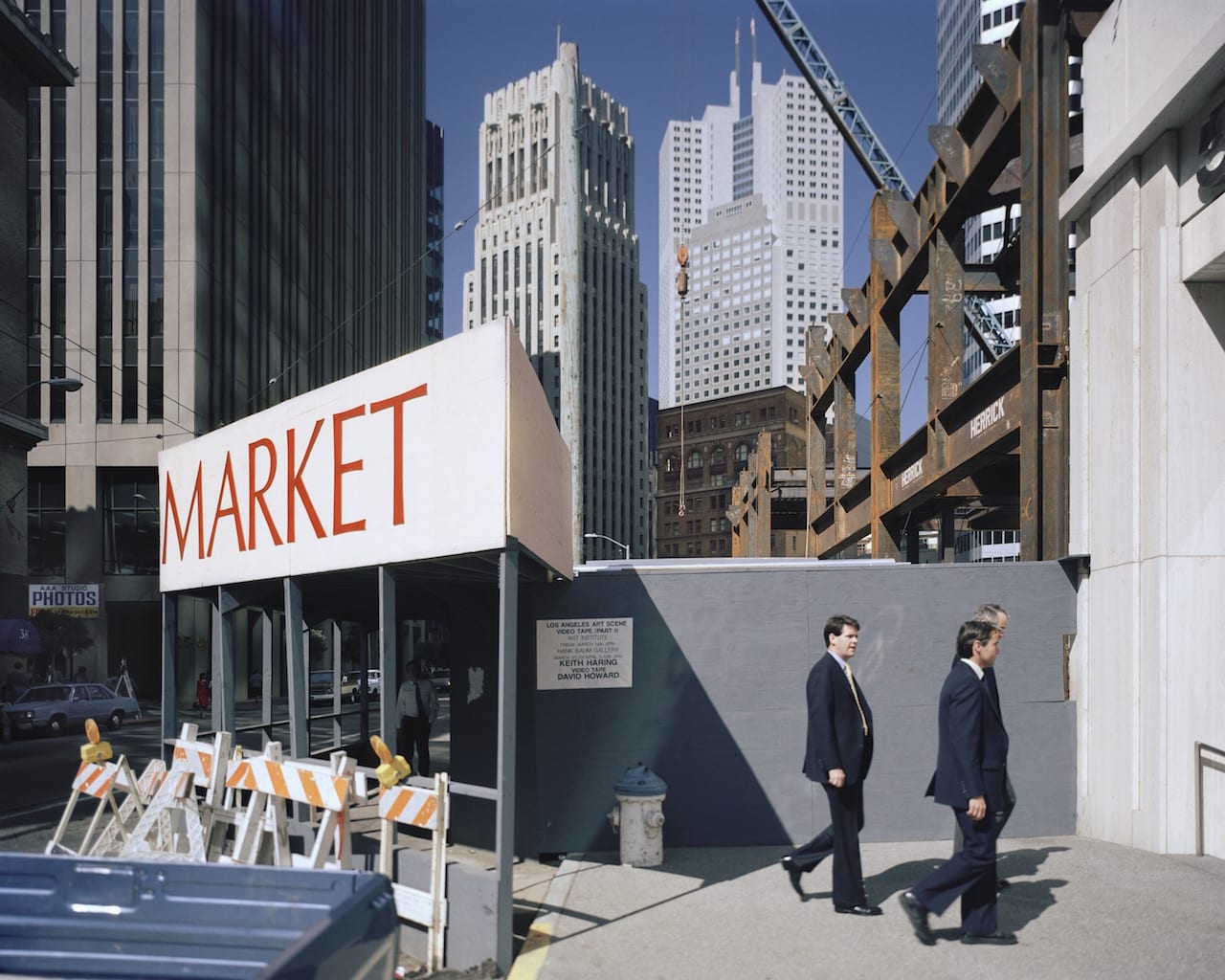
She stands on a San Francisco rooftop looking out over the South of Market neighbourhood – the area that was the subject and title of her sumptuous 2013 book, published by MACK Books, which led to her solo show at the city’s prestigious De Young Museum. Thousands have now seen the series, but Janet Delaney shot it in the early 1980s, just as the district was being primed for redevelopment and gentrification. Now middle-aged, as a young woman Delaney was fiercely committed to the idea that photography could and should change the world. Thinking of herself as a “cultural worker”, she hoped her project would advocate for the working class people and businesses who had helped make the area so vibrant, and help stop them from being displaced.
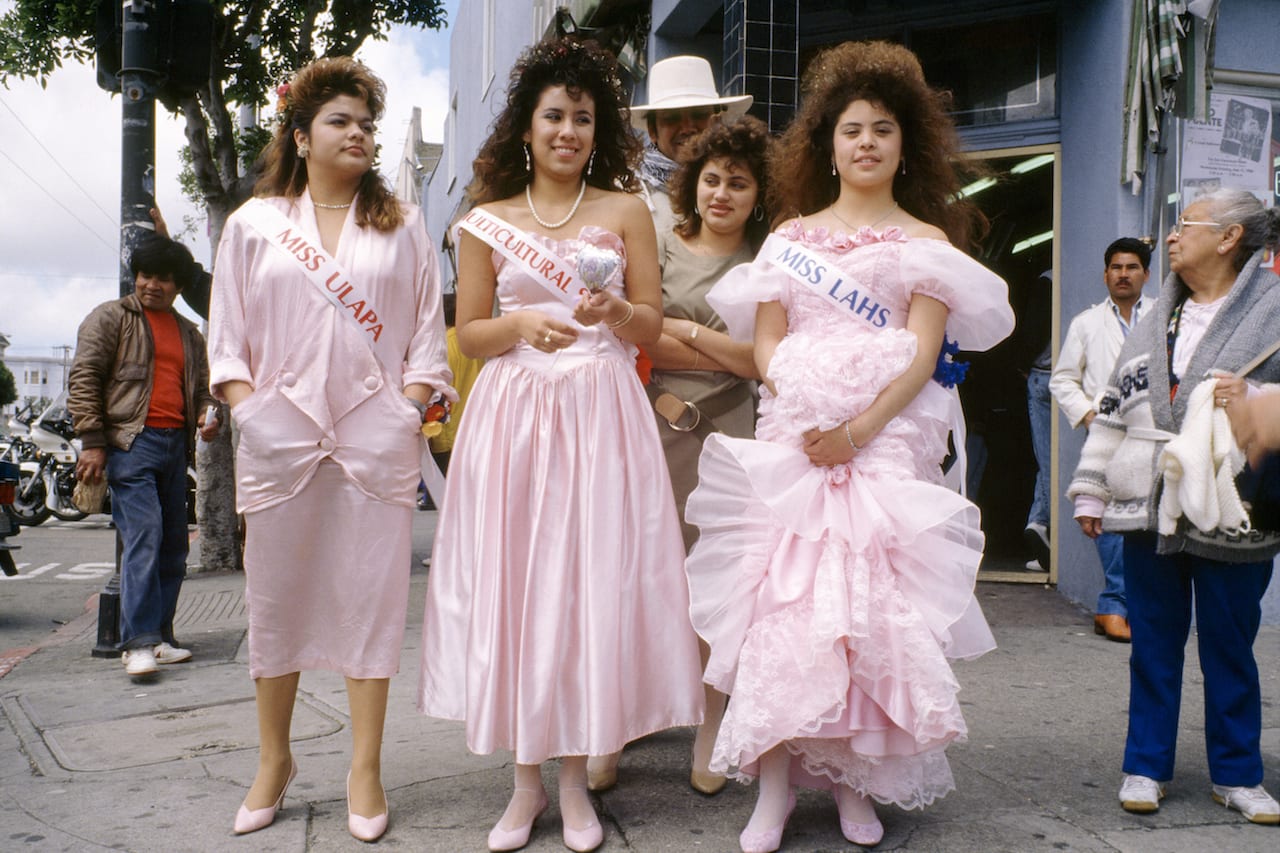
If the inaugural Photo London seemed a little light on contemporary work, there is plenty in the fourth edition to show that the organisers were determined to do something about it. It is evident in the public programme, and it is there to see on the shop-floor too, with the Discovery section devoted to emerging galleries now given over to 25 dealers. Tristan Lund, formerly of Michael Hoppen Contemporary, now an art consultant and dealer in his own right, returns as curator, charged with injecting some cutting-edge elements into the fair, but remaining mindful of his responsibilities to the young galleries he is enticing in.